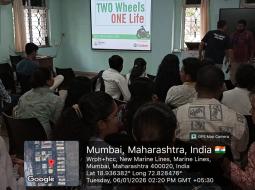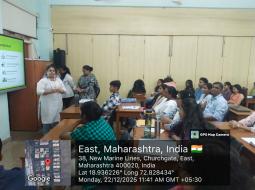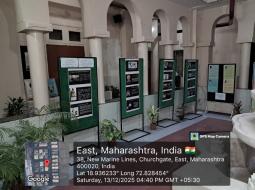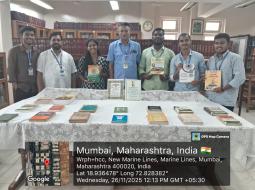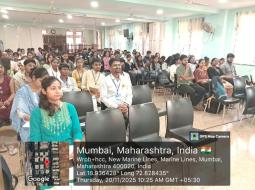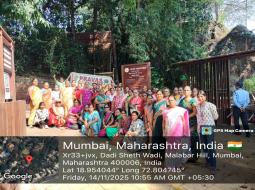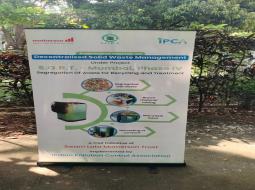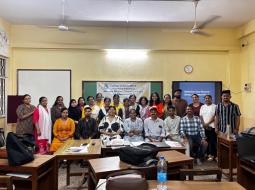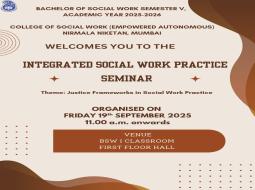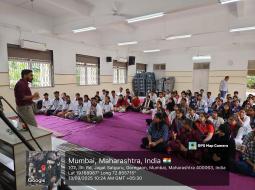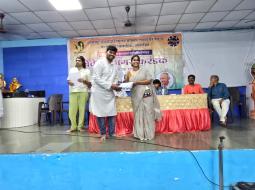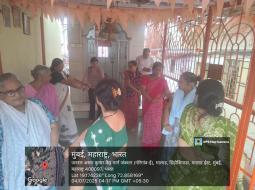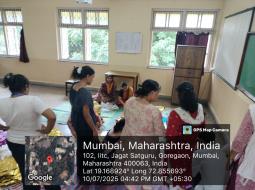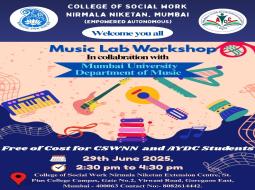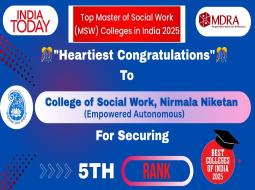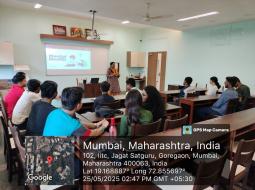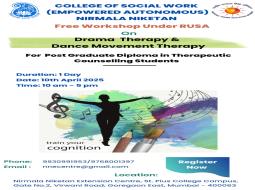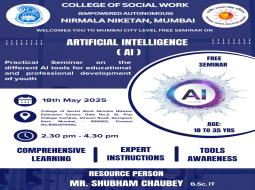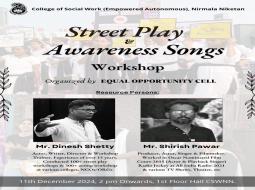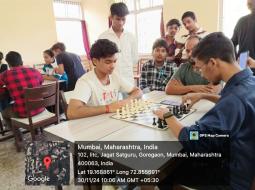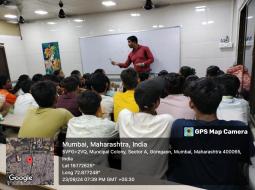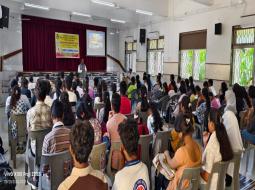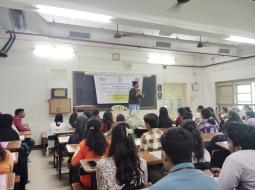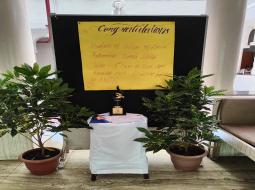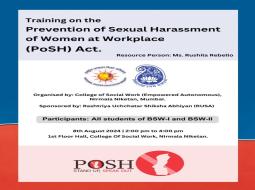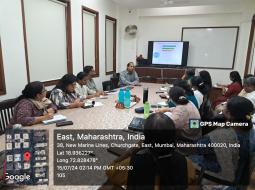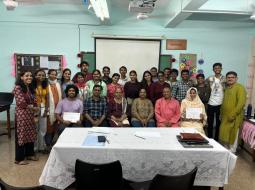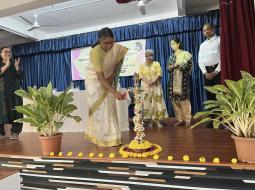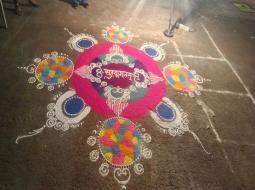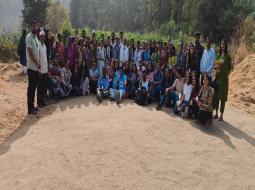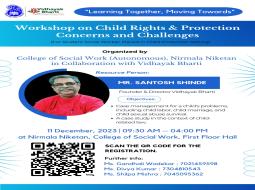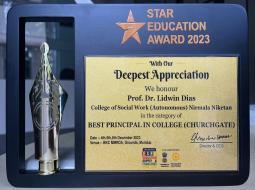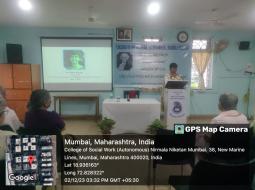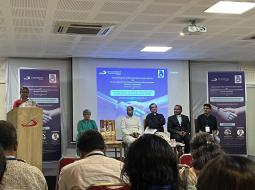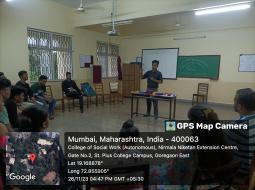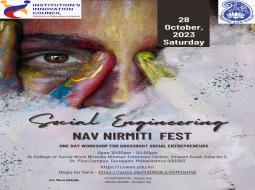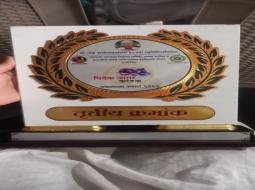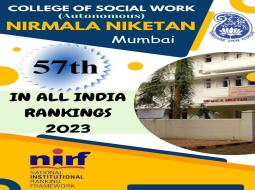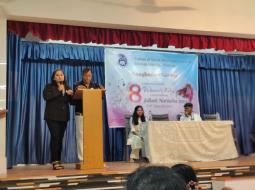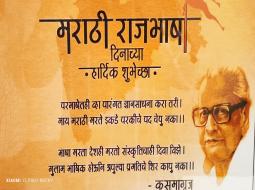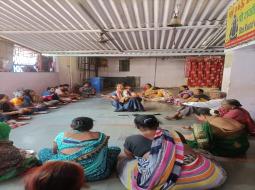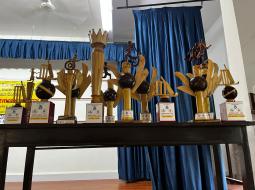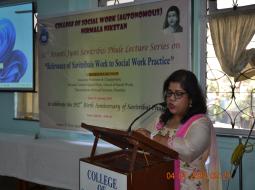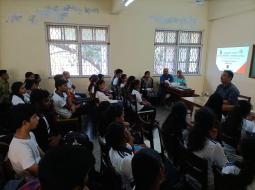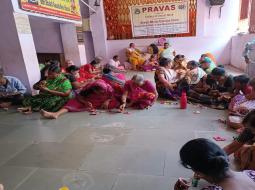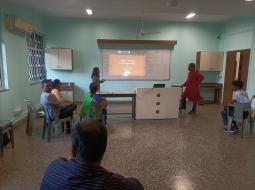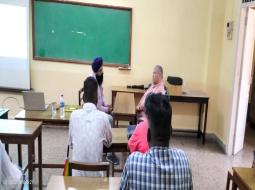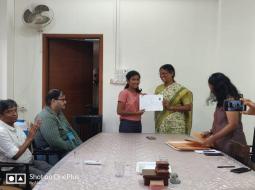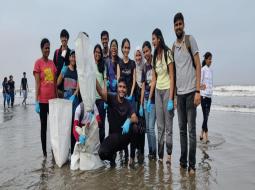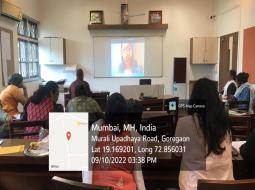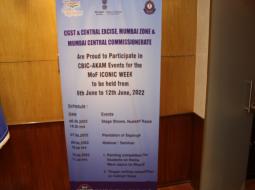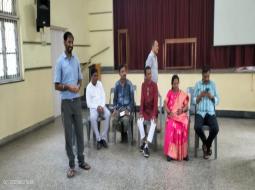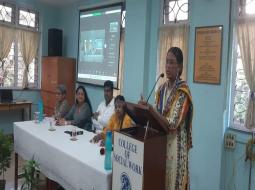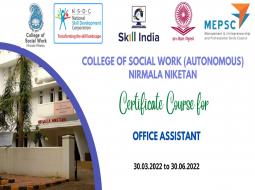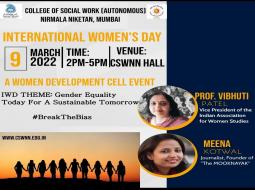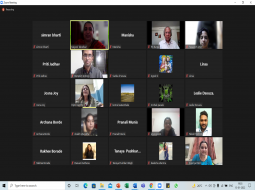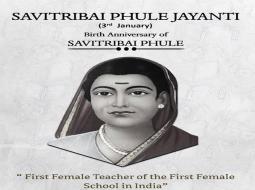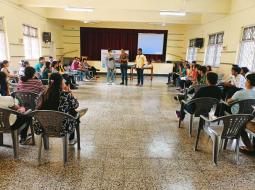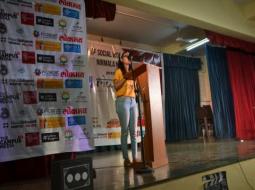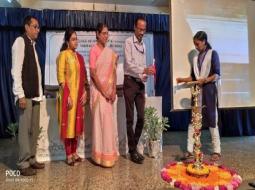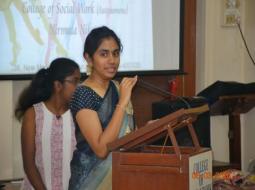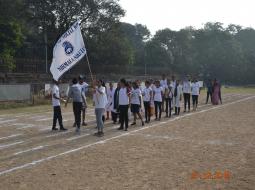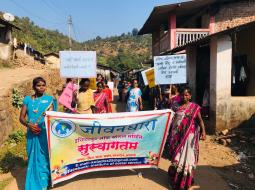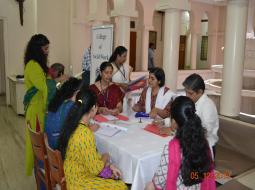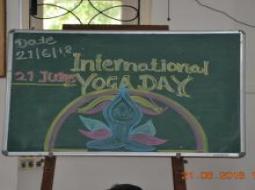NOTES TO CONTRIBUTORS
Criteria for acceptance of articles
The Journal welcomes articles, reports of research studies, field experiences and academic papers related to Social Work, Social Change, Social Research, Social Psychology, Social Policy and current topics having a bearing on Social Work Theory and Practice. Manuscripts are selected on the basis of relevance to Social Work education and practice, sound treatment of subject, clarity in presentation, methodology of research articles, implications for intervention, appropriateness of references, correct language and evidence of a high level of scholarship.
The author should send soft copies of the article to perspectivesnn@gmail.com.
Declaration
Each article should be accompanied with a declaration by the authors stating that the article is original and has not been earlier published nor been submitted for publication elsewhere. If the article has already been published, then permission from the publishers for republishing has to be enclosed along with the manuscript.
Responsibility of Authors: Authors are solely responsible for the factual accuracy of their contributions. The author is responsible for obtaining permission to quote lengthy excerpts from previously published material.
Structure of the Article
A cover page indicating:
- Title
- Author Name and Organizational Affiliations
- Corresponding Author Contact Details (postal address, telephone, email)
- Word Length (including abstract, keywords and references)
Abstract and Keywords
A second page including:
- Title of the paper
- An abstract of not more than 150 words
About the abstract - Each article should be summarized in an abstract of no more than 150 words. Abstracts must be structured, using four headings: Objective, Method, Results, and Conclusions. Format the abstract as a single paragraph in Italics. Abbreviations and citations NOT to be included in the abstract unless the study replicates or builds directly on another's work.
- Keywords up to five keywords.
Length and presentation
- The length of the article may range between 3000 and 5000 words, including the abstract, keywords and references but NOT including references, figures, or tables
- All parts of the manuscript should be typewritten in MS Word typed in 12-point Times New Roman font, double-spaced, with margins of at least one inch on all sides. The pages should be numbered serially
- Within the text of the article, no features should be included that enable the authorship to be identified (for example in page headers and footers or acknowledgements)
Citations, notes, and references
- All evidence based statements within the article MUST be supported with proper citations
- Authors should ensure that ALL in-text citations have a corresponding reference entry and that each reference entry is cited in the text. Articles with citations but without reference list or vice-versa will NOT be accepted
- Key statements in the article may be supported by the author with a logical explanation, the author's opinion, illustration, or in-text citation/paraphrasing of another author's work
- Non-citation of others’ written work amounts to plagiarism and, thereby, fraud. If plagiarism is identified, the article will not be accepted for publication
- Only the last name of the author and the year of publication must be cited in the text
- Notes, when necessary should be numbered continuously and should be printed as end notes. Use of footnotes should be avoided
- References of both printed and electronic sources should be included at the end of the article in APA format
References should be listed in alphabetical order as follows:
Barai-Jaitly, T. (2002). The health status of children in India: An overview. Seen but not heard:
India's marginalised, neglected and vulnerable children, 43- 63 New Delhi: VHA
Dhagamwar, V. (2006) Child Rights to Elementary Education: National and International Provisions in Ravi Kumar (ED), The Crisis of Elementary Education in India (pp. 57 – 91). New Delhi: Sage
Suvarna, Y., Balakrishnan, G. &Talvelkar, K. (2007). The Search of Identity: Placing Universal Birth Registration (UBR) Within the Framework of Child Rights in India in 'Perspectives in Social Work', XXII: 3, 21-37
Singh, S. (2004). Metros perform badly in primary education. Times of India, Mumbai 25.03.2004.
Bikker, A. and Thompson AGH. (2006). Predicting and Comparing Patient Satisfaction in Four Different Modes of Health Care Across a Nation in Social Science and Medicine, 63(6), 1671-1683.
Sen, A. (2003). Closing the Gap – Access, Inclusion and Achievement. The-south-asian.com,
November 2003 Retrieved 5th Jan 2009 from http: //www.thecommonwealth. Org/shared_
spfiles/uploaded files / {F75B1FAA-F88C-43E7-A4B2-B75FEAF6CEF3}_Comm%20Sec
20REPORT% 2004_V8.pdf
Tables and Figures
- Tables, figures, graphs and diagrams (illustrations) should not be embedded in the text. Place tables and figures after the References section and indicate preferred placement point in the body of the manuscript such as "<Insert Table 1 here>"
- A short descriptive title should appear above each table with a clear legend and any footnotes suitably identified below. All units must be included
- Figures and diagrams should be completely labelled, taking into account necessary size reduction and should be supplied in .gif, .jpg, or .png format with resolution 300 dpi or higher
- Ensure any colors used in figures will be distinct when converted to black and white for print version
- The word percent should replace the symbol '%' when it is used in the text, but the symbol '%' can be used in parentheses
Review System
The review of the manuscript will be blind and impartial. Manuscripts are reviewed by the Editorial Board and peer-reviewers. Accepted manuscripts may be revised for clarity, organization and length. The article will be sent to authors via e-mail for correction and should be returned within seven days of receipt. Corrections and editing as suggested by the Editorial Board and peer-reviewers should be undertaken by the author and is not the responsibility of the publisher. The decision of the Editorial Board will be final and binding.
Publication of articles
The accepted articles are scheduled for publication in the chronological order in which they are received. The publication lag of an accepted article is generally one year. Each author gets a complimentary copy of the journal issue in which his/her article is printed.
Communication
Communication with reference to articles should be addressed to:
Dr. Lidwin Dias
Chief Editor
Perspectives in Social Work,
Research Unit,
College of Social Work, Nirmala Niketan
38, New Marine Lines, Mumbai 400020, India
Telephone : 22075458/22067345/22002615
Fax : 91-22-22014880
Email : perspectivesnn@gmail.com



